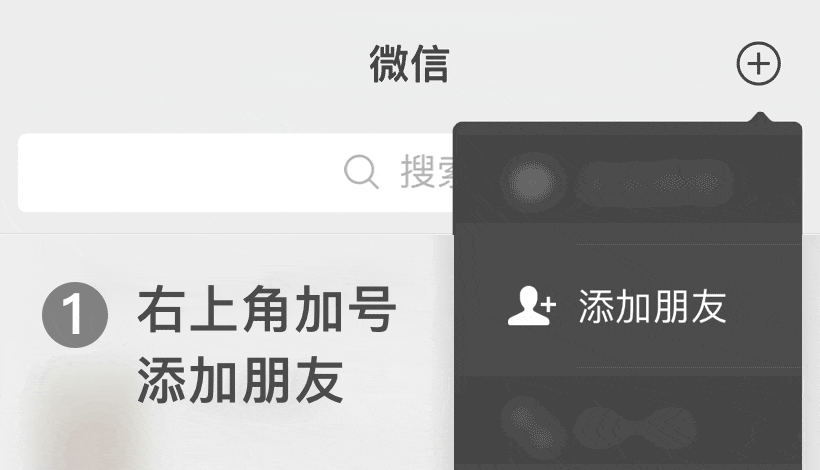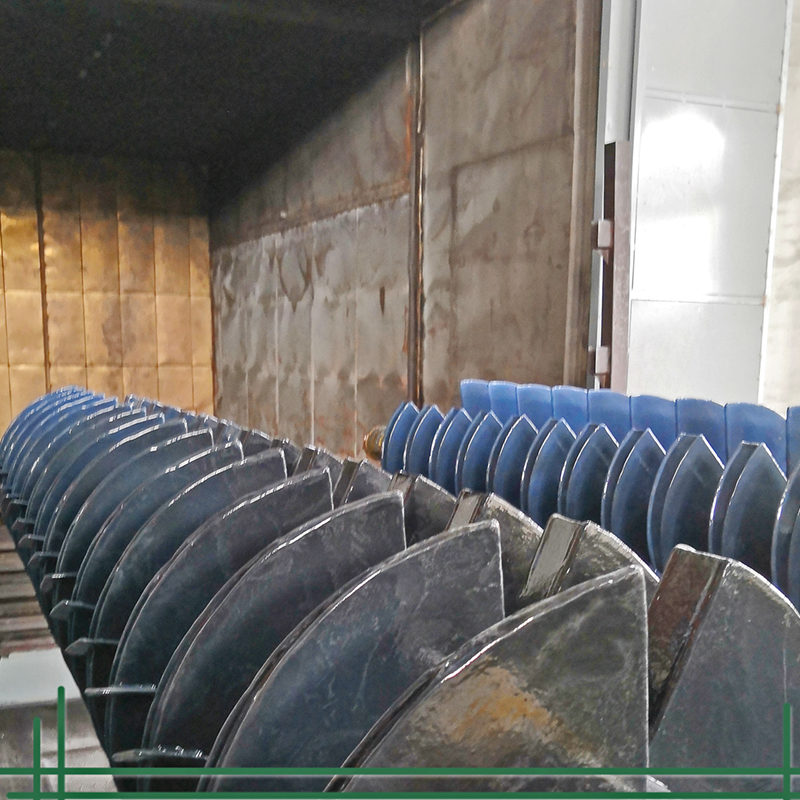-

Why do many bosses choose to use tightly lined PTFE sheets
Many bosses choose to tightly lining the inner walls of equipment (such as reaction vessels, storage tanks, pipelines, valves, etc.) with PTFE plates (also known as polytetrafluoroethylene plates, PTFE plates). The core reason is that they can solve equipment wear and production safety problems under harsh working conditions such as "strong corrosion, high temperature, and viscous materials", whil
Learn more -

Where is the main application of spraying alumina coating on lithium battery equipment
The spraying of alumina coating on lithium battery equipment is mainly applied to battery separators, positive and negative electrode materials, and battery casings. The following is a specific introduction: 1. Battery separator: Traditional polyolefin separators are prone to shrinkage at high temperatures, while aluminum oxide coatings can significantly improve the thermal stability and safety o
Learn more -

What are the characteristics of PTFE plates lining chemical reaction vessels
The core advantage of PTFE lining in chemical reaction vessels lies in its inherent chemical inertness and extreme environmental resistance, combined with the protective effect of the lining structure on the reactor substrate. Its characteristics can be developed from four dimensions: chemical stability, temperature resistance, physical properties, and process adaptability, as follows:
Learn more -

What is the purpose of spraying PFA on chemical storage tanks
Spraying PFA (perfluoroalkoxy resin, a modified material of polytetrafluoroethylene (PTFE)) on the inner or outer walls of chemical storage tanks is the core function of providing a high-performance anti-corrosion, anti sticking, and temperature resistant protective barrier for the tanks, solving the problems of corrosion damage, material adhesion, and difficult cleaning faced by storage tanks in
Learn more -

What are the applications of PTFE spray on valve rings in petroleum machinery
Petroleum machinery valve rings are coated with polytetrafluoroethylene (PTFE, commonly known as "PTFE"), which utilizes the corrosion resistance, low friction coefficient, high temperature resistance, and strong sealing properties of PTFE to solve the "harsh working condition adaptation" and "sealing reliability" problems faced by valve rings in the processes of oil extraction, transportation, an
Learn more -

What is wear-resistant PTFE sprayed on automotive parts
Spraying wear-resistant PTFE on automotive parts essentially involves covering the surface of the parts with polytetrafluoroethylene (PTFE, commonly known as "Teflon") material through a professional spraying process, forming a functional coating with high wear resistance, corrosion resistance, and low friction characteristics. The core purpose is to improve the service life of the parts, reduce f
Learn more -

What are the characteristics of spraying ceramic coatings on lithium battery powder equipment
The ceramic coating sprayed on lithium battery powder equipment has the characteristics of wear resistance and corrosion resistance, easy monitoring of wear, high bonding strength, and convenient construction, as follows:
Learn more -

Brief Introduction to PFA Coating for Chemical Storage Tanks
Chemical storage tank spraying PFA (perfluoroalkoxy resin) is a professional spraying process that forms a uniform layer of PFA coating on the inner or outer wall of the tank. The core purpose is to use PFA's corrosion resistance, high temperature resistance, and non adhesiveness to solve the problems of equipment loss and medium pollution when storing highly corrosive and high-temperature media i
Learn more -

What industries are ETFE anti-corrosion coatings used for head spraying
After spraying ETFE (ethylene tetrafluoroethylene copolymer) anti-corrosion coating on the head (the closed component at the end of the container), ETFE is widely used in industries that require strict equipment anti-corrosion performance due to its excellent chemical corrosion resistance, high temperature resistance, non adhesiveness, and mechanical strength. The following are the main applicatio
Learn more -

What is the hardness of tungsten carbide sprayed on the vibrating screen frame
The hardness of the vibrating screen frame after spraying tungsten carbide is very high, usually reaching HV 1000-1400 (Vickers hardness). The specific value may vary slightly due to factors such as spraying process, tungsten carbide powder particle size, and coating density. Its hardness characteristics can be further explained from the following aspects:
Learn more
 CN
CN EN
EN
 Service hotline:
Service hotline:
 Wechat number:
Wechat number:



 National Service Hotline
National Service Hotline

 Service hotline:0512-69211270
Service hotline:0512-69211270
 Company address:1188 CUIZHOU Road, Lili Town, Wujiang District, Suzhou
Company address:1188 CUIZHOU Road, Lili Town, Wujiang District, Suzhou
 contacts:Deng Guangcai 13912602396
contacts:Deng Guangcai 13912602396
 contacts:Long Yanqiao 15995489385
contacts:Long Yanqiao 15995489385


 Add wechat
Add wechat
 Contact us
Contact us
 Telephone consultation
Telephone consultation